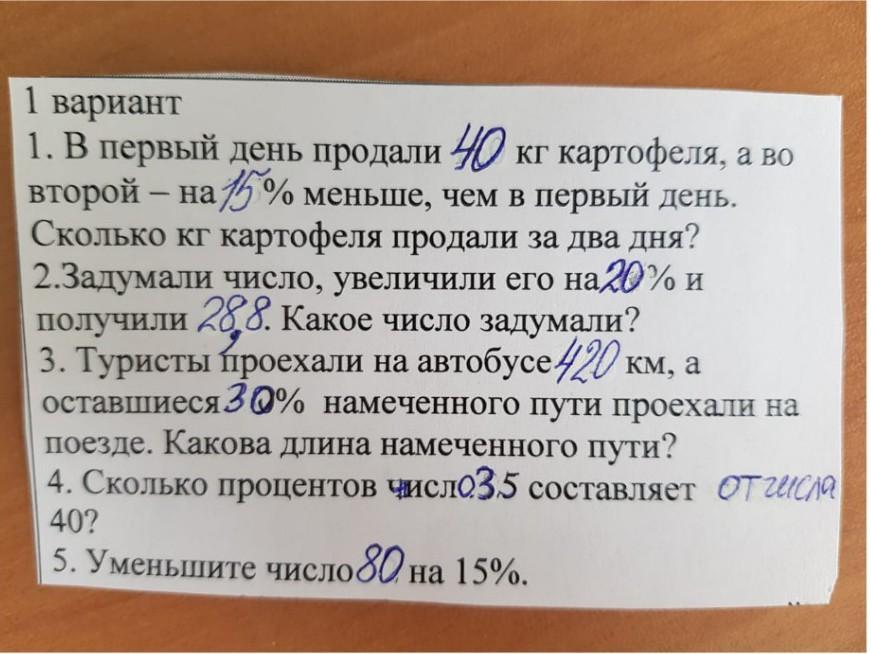Предмет: Математика,
автор: daryanekrasova18
помогите умоляю пожалуйста прошуууу
Приложения:

Ответы
Автор ответа:
1
Ответ:
Пошаговое объяснение:
1) 40*15/100=6кг.продали во второй день
2) 40+6=46кг. продали за 2дня
----------------------
28,8*20/100=5,76
28,8+5,76=34,56 задуманное число
--------------------
420*30/100=126км проехал на поезде
420+126=546км длина намеч.пути
-----------------------
35*100/40=87,5
---------------------------
80*0,15=12
80-12=68
daryanekrasova18:
спасибо огромное!!!!♡♡♡
пожалуйста
Похожие вопросы
Предмет: Русский язык,
автор: мария642
Предмет: Русский язык,
автор: officeantal
Предмет: Русский язык,
автор: officeantal
Предмет: Математика,
автор: Adeliny1999
Предмет: Английский язык,
автор: utryum3546